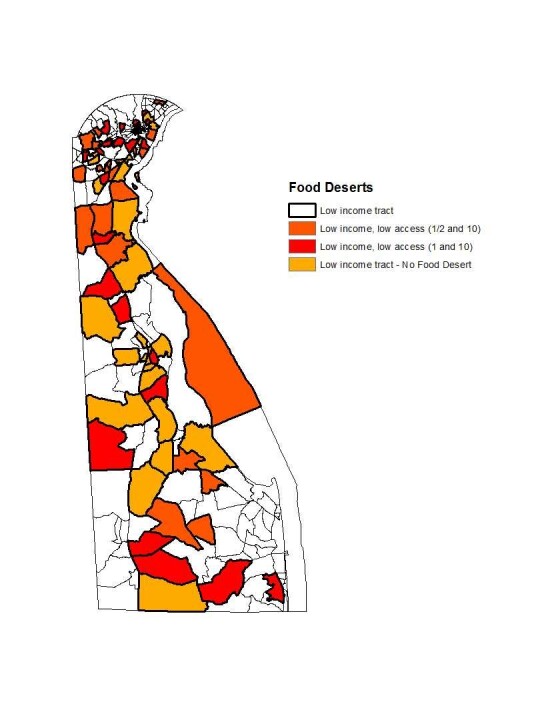
THE FOUNDATION
The Harry K Foundation, established by Harry Keswani, has vowed to raise money and donate 100% of these proceeds to help alleviate the problem of food insecurity in its local community. The H4 Initiative has pledged to support the Delaware Food Bank in supporting children’s nutritional programming within Sussex County.
Research shows that children who eat more nutritious meals are less likely to miss school, have fewer behavioral problems, and perform better in school. Working with the Food Bank of Delaware the H4 Initiative will be addressing childhood hunger on all fronts – hunger after school, during the summer, and on weekends.
The Food Bank of Delaware provides emergency food for 241,600 different people annually. The funds raised by the Harry K Foundation will be dispersed through the Delaware Food Bank to support School Backpack Programs, as well as establishing and instituting school pantries throughout Sussex County. The money will also support Delaware Food Bank’s mobile pantry truck. The Harry K Foundation will work closely with the food bank, staying in constant contact, communicating, and coordinating where, when, and to whom the trust will benefit the most. Through the committee of carefully selected community leaders and knowledgeable experts, the hope and goal is to appropriate the funding to best serve and meet the nutritional needs of children within Sussex County.
HUNGER IN DELAWARE
Research shows that children who eat more nutritious meals are less likely to miss school, have fewer behavioral problems, and perform better in school. Working with the Food Bank of Delaware, the Harry K Foundation is tackling childhood hunger on all fronts – hunger after school, during the summer and holidays, and on weekends.
The challenge of childhood hunger in Delaware is real.
Currently, 93,900 Delawareans face hunger. 30,920 of those were children. https://www.fbd.org/hunger-in-delaware/
One in 10 face hunger in Delaware. One in seven children faces hunger. https://www.feedingamerica.org/hunger-in-america/delaware
FOOD INSECURITY
The grave food security disparities that exist in our communities are often not readily apparent. Our fellow Delawareans suffer hunger in every county and congressional district. They may be our neighbors, kids in our children’s classes, members of our houses of worship, and the list goes on.
There are 12.9% of Delaware residents who experience food insecurity and 5.1% of residents who experience very low food security.
The United States Department of Agriculture defines food insecurity as:
- Low food security: Reports of reduced quality, variety, or desirability of diet. Little or no indication of reduced food intake.
- Very low food security: Reports of multiple indications of disrupted eating patterns and reduced food intake.
There are very real health risks associated with food insecurity, including obesity, hypertension, diabetes, and limited access to health care.
FOOD DESERTS
Exacerbating food insecurity are food deserts. Food deserts pose barriers to affordable and nutritious food, particularly in lower-income communities. As defined by the United States Department of Agriculture (USDA), food deserts are areas devoid of fresh fruit, vegetables, and other healthful whole foods, usually in impoverished communities that lack grocery stores, farmers’ markets, and/or healthy food providers. The common indicators to measure food access and food deserts are accessibility of sources to healthy food, individual resources such as income or vehicle availability, and neighborhood resources such as the average income of a neighborhood and availability of public transportation.
A census tract is considered low access if at least 500 people or 33% of the population in the tract are at least one mile from a supermarket or large grocery store (or ten miles if the tract is in a rural area). According to a report by the University of Delaware’s Institute for Public Administration, 61% of Delawareans live in census tracts with no grocery store, and 27% live in census tracts with only one grocery store.
FOOD BANK OF AMERICA 2023 FACTS SHEET FOOD BANK CHART 2023 HOW TO HELP SUCCESSES
